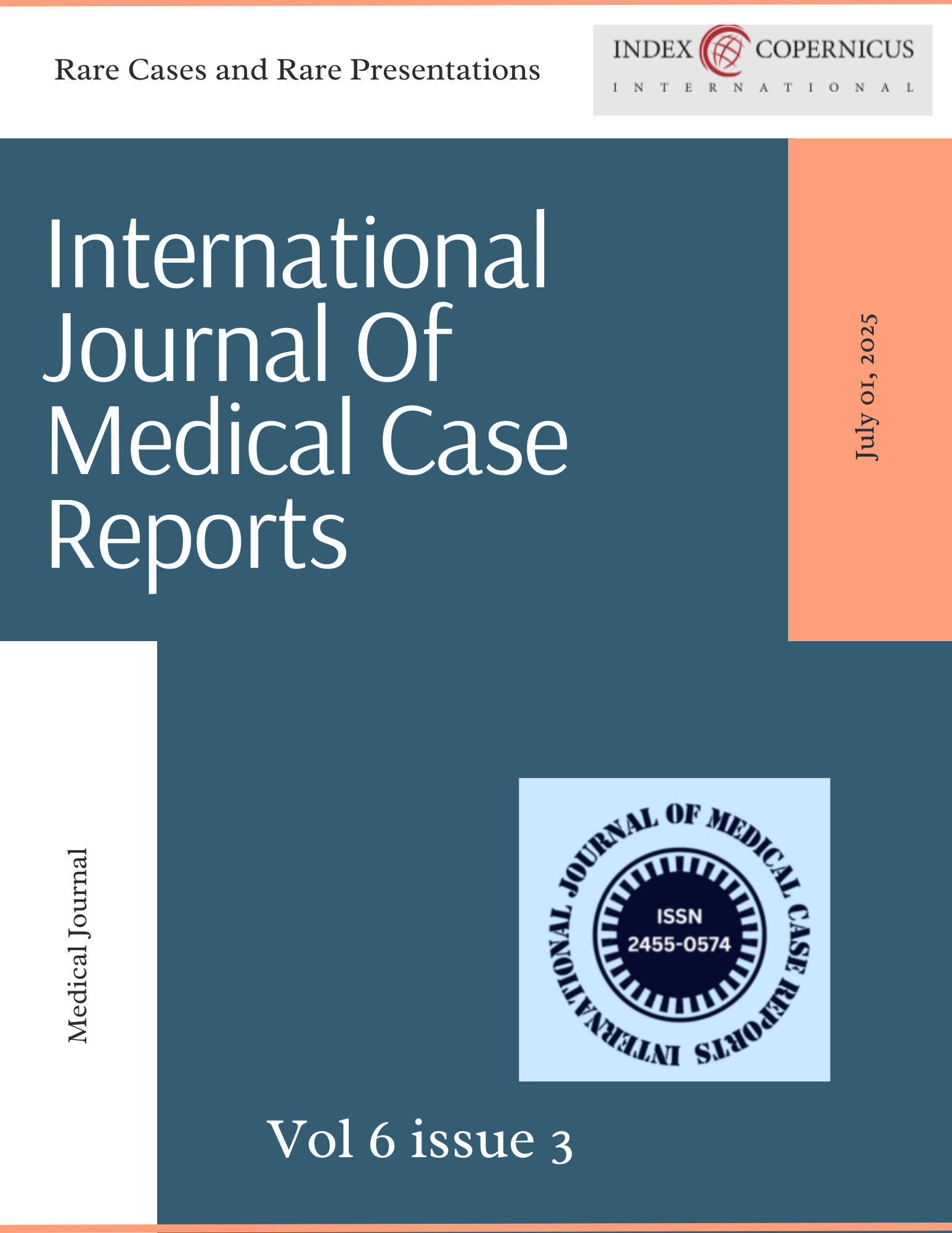Partial Androgen Insensitivity Syndrome in a 16-Year-Old Presenting with Primary Amenorrhea: A Case Report
Main Article Content
Abstract
Partial Androgen Insensitivity Syndrome (PAIS) is a rare X-linked recessive disorder of sex development (DSD) characterized by resistance to androgen activity, affecting the morphogenesis and differentiation of androgen-responsive tissues. Caused by X-linked mutations in the androgen receptor (AR) gene, AIS encompasses a range of phenotypes from infertile males to phenotypically female individuals. It often presents with ambiguous genitalia and primary amenorrhea in adolescence, leading to diagnostic challenges and delayed management. We report the case of a 16-year-old phenotypically female patient from Pakistan who presented with primary amenorrhea. Clinical evaluation revealed ambiguous genitalia including clitoromegaly, hypospadias, a blind vaginal pouch, and bilateral inguinal masses. Hormonal assays demonstrated elevated gonadotropins with low testosterone levels. Karyotyping confirmed a 46,XY genotype. Imaging revealed the absence of Müllerian structures and bilateral inguinal testes. The patient and her family elected to pursue male gender identity, and a multidisciplinary team coordinated bilateral orchidopexy and excision of the vaginal sinus. This case underscores the importance of early recognition and comprehensive evaluation of primary amenorrhea, particularly in resource-limited settings. Timely diagnosis of PAIS allows for appropriate gender-affirming decisions, surgical management, and long-term hormonal therapy. Psychological support and family counselling are critical in optimizing patient outcomes.
